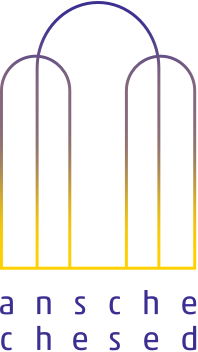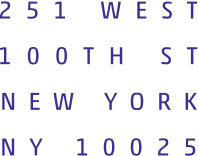Jewish sages are sometimes called sofrim, literally “scribes.” However, the same word, lispor, means “to count.” So, in addition to loving words, they also liked math, finding meaning in important mythic numbers, like 7s, 49s, 613s and others. They hunted for cool numerologies or gematriot¸ assigning numerical values to Hebrew letters. And they loved to count the numbers of words and letters in the Torah. You can sometimes find the remnants of their counting expressed in little marginal notes printed in the Bibles that say things like “the exact middle letter in the Torah” or listing the total number of words in Exodus.
Over time, interpreters – especially the mystically inclined – began to apply those same mathematical eyes to the prayer book. A terrific example comes from the Shema itself, and results in a davvening practice that will be familiar to anyone who attends services.
In Jewish lore, the human body has 248 limbs and 365 tendons. OK, maybe that’s not a medical fact. But let’s take it as a spiritual truth: these mythic numbers imply something deep and elemental about human beings. Our bodies are attuned to realities beyond ourselves. Those same numbers correlate to the Torah, which, it is said, contains 248 positive commandments and 365 prohibitions. And of course, 365 is the number of days in the solar year. These mythic numbers reveal something about our Jewish spiritual imagination. Things which equal 365 connote cycles of time, and call to mind the potential havoc we may wreak through sinful action. Things which equal 248 they connote the fullness of our whole selves, every bone in our bodies, and the potential for sacred living through mitzvot.
Lo and behold, if we count carefully, we’ll find that the three paragraphs of the Shema have exactly … wait for it … 239 words. Good, not great. If we factor in the non-biblical, six-word phrase ברוך שם כבוד מלכותו לעולם ועד/Barukh Shem Kavod Malkhuto Le’Olam va’ed, interpolated between Shema and ve’ahavta, then we get 245. We’re really close, but not there yet.
If we say only 245 words of Shema, then davvening Jews, attuned to the spiritual power of mythic numbers, sense something missing. We know that our whole-hearted, whole-bodied, 248-limbed selves are not yet fully absorbed in what we’re saying. Three little parts of us remain absent. That won’t do! Proclaiming the full unity of God, Hashem Echad, demands the full spiritual involvement of the davvening soul.
We need three more words.
And we find them in what the prayer leader says. The final paragraph of Shema concludes אני יהו’ה אלהיכם/Ani Adonai Eloheikhem. “I am the Lord your God.” The succeeding blessing begins with the word אמת/emet or “truth.” One is not supposed to interrupt between the end of the Shema and the beginning of the next blessing. So after concluding his or her own personal Shema, the prayer leader connects it to the next passage and repeats those last three words aloud: יהו’ה אלהיכם אמת/Adonai Eloheikhem emet. Which brings the total to 248 words!
When I davven this passage in synagogue, when I have completed my own Shema recitation, I reflect that on my own, in my spiritual privacy, I have brought 245 of my bones and limbs to worship. And that is great, but not quite complete. I cannot bring those last stray elements of my soul into the Shema by myself. I need the help of the others in the room. Only when a prayer leader brings us all back together with the 246-247-248th words of יהו’ה אלהיכם אמת/Adonai Eloheikhem emet – only then can I fully involve my whole self in worship of God’s unity.
That is a magic moment as a davvener. After I have completed Shema, I pause. I remind myself: I cannot be me, truly and fully, until your voice becomes part of my worship.





